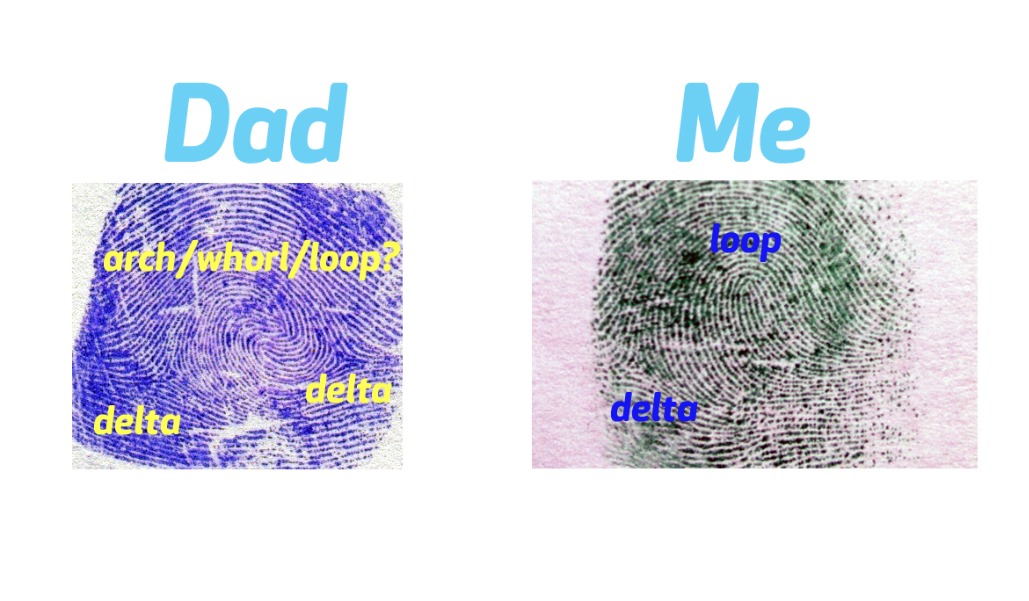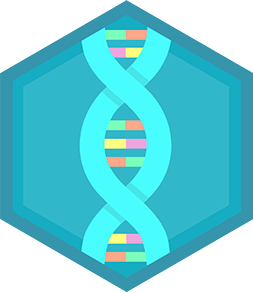Uncover genes from a fingerprint
Collect and compare fingerprints, record ridge patterns, assign mock genes to pattern traits, and simulate inheritance with family fingerprint charts for learning.



Step-by-step guide to uncover genes from a fingerprint
DNA Fingerprinting | Genetics | Biology | FuseSchool
Step 1
Gather all the materials and bring them to a clear table or desk.
Step 2
Pick 3 or more family members to include in your experiment and write their names on a list.
Step 3
Wash your hands with soap and water so prints stay clean.
Step 4
On a sheet of paper draw a simple table with columns labeled Name Finger Print Pattern MockGene.
Step 5
Write each chosen person’s name in the left column of the table.
Step 6
Press your right index finger onto the ink pad and then stamp it carefully in your row under Print.
Step 7
Ask each family member to press their right index finger on the ink pad and stamp into their own row.
Step 8
Wait one minute for the ink to dry so it won’t smudge.
Step 9
Use the magnifying glass and your pencil to lightly trace the ridge lines next to each fingerprint.
Step 10
Look at each tracing and circle whether the pattern is a loop or a whorl or an arch in the Pattern column.
Step 11
Decide a one-letter mock gene for each pattern (for example W = whorl L = loop A = arch) and write this key at the top of your chart.
Step 12
Put each person’s matching mock-gene letter in their MockGene box based on the pattern you circled.
Step 13
For a child in the family write the two parents’ mock-gene letters in a small family box and flip the coin once for each parent to choose which parent’s letter the child inherits; write the child’s inherited gene letter in the box.
Step 14
Use your gene key to predict the child’s fingerprint pattern and draw or circle the predicted pattern in the family box, then compare it to the child’s actual print on the chart.
Step 15
Share a photo or description of your finished fingerprint family chart and what you discovered on DIY.org.
Final steps
You're almost there! Complete all the steps, bring your creation to life, post it, and conquer the challenge!


Help!?
What can we use if we don't have an ink pad for the step where you press your finger onto the ink pad and stamp?
If you don't have an ink pad for the step 'press your right index finger onto the ink pad and then stamp', use a washable stamp pad or make a pencil rubbing by pressing the finger onto the paper and shading the back with a soft pencil to reveal the ridges.
My fingerprints keep smudging or coming out too faint—how can I fix that during stamping and drying?
To avoid smudging or faint prints after you 'press your right index finger onto the ink pad and then stamp', blot excess ink on scrap paper, press with steady even pressure, and then let the print dry longer than the one minute before tracing.
How can I adapt this fingerprint gene activity for a preschooler or for an older child?
For preschoolers, have an adult do the stamping and help the child circle big examples of loop/whorl/arch in the Pattern column, while older kids can collect all ten fingerprints, use the magnifying glass to trace ridge lines, and run multiple coin flips per child to study inheritance patterns in the MockGene boxes.
What are simple ways to extend or personalize our fingerprint family chart after we fill in the MockGene and predicted patterns?
Enhance the final step to 'Share a photo or description' by photographing each fingerprint and chart, color-coding W/L/A on the MockGene boxes, and making a poster that compares each predicted pattern from the family box to the actual print.
Watch videos on how to uncover genes from a fingerprint
DNA Fingerprinting
Facts about genetics and inheritance
🧬 Fingerprint patterns start developing in the womb and are usually set by about 24 weeks of gestation.
📜 Fingerprints have been used for personal identification since the late 1800s, evolving into a cornerstone of forensic science.
🧩 Genes influence the overall fingerprint pattern, but small environmental differences in the womb (like pressure and position) tweak the final ridges.
🌀 Most people have loop patterns (about 60–65%); whorls appear in roughly 30–35% and arches in about 5–10%.
🕵️♀️ Even identical twins don't share identical fingerprints — tiny ridge differences make every print unique.
How do you do the 'Uncover genes from a fingerprint' activity?
What materials do I need for the fingerprint genes activity?
What ages is this fingerprint genes activity suitable for?
What are the benefits of the fingerprint genes activity?


One subscription, many ways to play and learn.
Only $6.99 after trial. No credit card required



